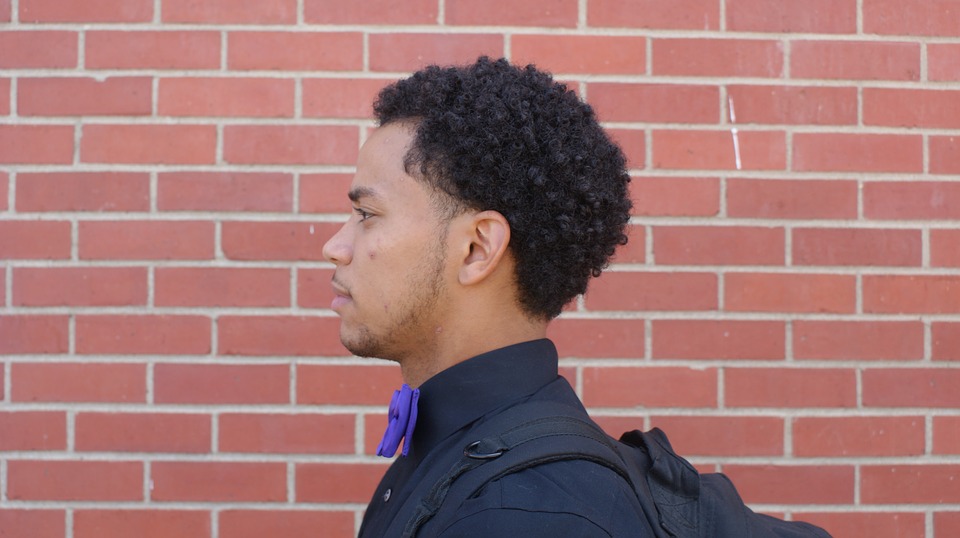Though many people, particularly those in the Trump administration, try to pat themselves on the back for strong economic growth and low rates of unemployment, the reality is that many Americans are not able to enjoy the success that the White House is bragging about. While the unemployment rate for Black Americans has gone down in recent years, it is still a problem, especially for Black youth.
Under President Barack Obama, the unemployment rate for Black Americans, ages 16 and over, decreased 9 percent from a high of 16.8 percent in March 2010 to 7.8 percent in January 2017, when Trump was sworn in. But since that time, the unemployment rate has decreased only 1.2 percent to a rate of 6.6 percent in July of 2018.
And young Black Americans have it especially bad. According to the Bureau of Labor Statistics, for most of the last year, the unemployment rate for young Black Americans ages 16 to 19 was over 20 percent. This should be alarming; when these young people enter their 20s, they will likely have little work experience, which will make it harder for them to obtain the skills necessary for employment. And if Republicans ever succeed in making work a requirement for receiving benefits such as SNAP and Medicaid, these young people will be in serious trouble.
In a recent report, Maurice Jackson, an associate professor of history and African-American studies at at Georgetown University, points to joblessness and a lack of job training as major reasons for the departure of many Black D.C. residents. Interestingly, Jackson also points to education as a driver of Black people leaving the city. Washington D.C. has plenty of opportunities for good jobs for those with college degrees, but extremely limited jobs for individuals who do not have a high school diploma. Jackson’s research states that, by 2020, half of all new jobs in the District will require a 4-year degree or above, and almost 60 percent will require some education or training beyond high school. The problem, he says, is that, as of 2014, only 12.3 percent of Black residents in the District have a bachelor’s degree, a third of the number of white residents in the District with a bachelor’s degree. The report also points out that 60,000 Black D.C. residents did not complete high school, and a whopping 50 percent had no formal education after high school. Only 5 percent of white D.C. residents have no further formal education.
It is tough enough to try and find employment in a brutal job market like the District when you have insufficient or no work experience, but when you lack a high school diploma or college degree, it makes it nearly impossible. But there are ways to fix this disparity for Black D.C. residents.
First, we must give young Black men and women, especially those deep in poverty and/or experiencing homelessness, reassurance that education is available to them. Shelters and school systems should work together to make sure they are providing all shelter residents with access to every educational opportunity, including college options. Volunteers from the District’s four-year universities, such as Georgetown, George Washington and Howard, could speak to high school students in shelters and help them prepare for the SAT and ACT, complete financial aid forms and write college essays. It would also help to have student representatives for area community colleges available to young shelter residents, as they are excellent low-cost and accessible alternatives.
Second, we must limit the recent minimum wage increase to those above age 20. I believe this is critical to helping Black youth gain access to employment opportunities and acquire important skills. The minimum wage increase may bring larger paychecks for adults, but youths might find themselves shut out of the job market; getting early job experience is the key to becoming more marketable and able to compete successfully in today’s fast-changing job market.
Third, the District’s public school system should create apprenticeship programs to help Black youth learn trades that would help them find jobs upon high school graduation. This is especially important because apprenticeships are often more focused and can provide hands-on experience. Some might argue that trade schools could fulfill this need better, but many trade schools are for-profit institutions that are very costly and in many cases are not accredited.
Having said that, educational differences do not necessarily explain why African Americans have persistently higher unemployment rates than white people do. Federal Reserve researchers reported in 2017 that observable characteristics — such as age, education, marital status and region — don’t explain the difference between Black and white unemployment.
In my next “Moving Up” column, I will look at the digital divide and how it impacts things such as job searches, education and personal finance. Questions or comments can be sent to [email protected].




